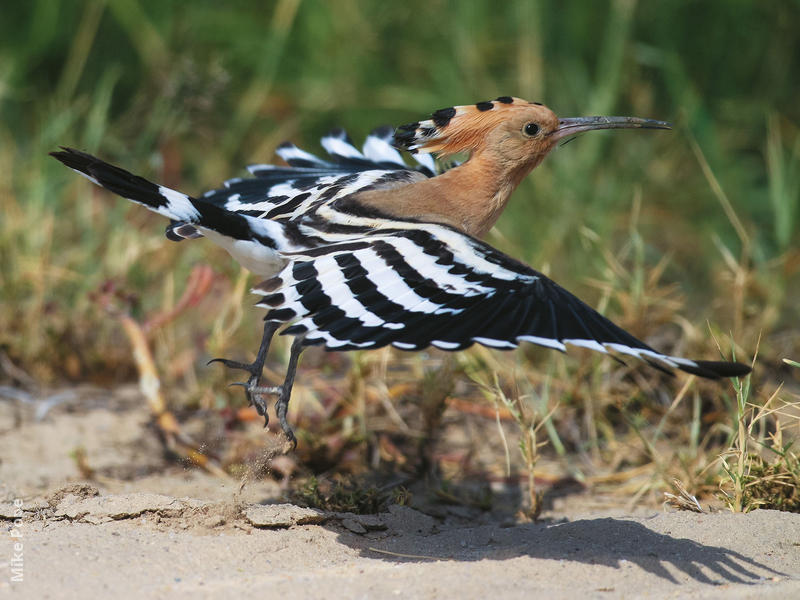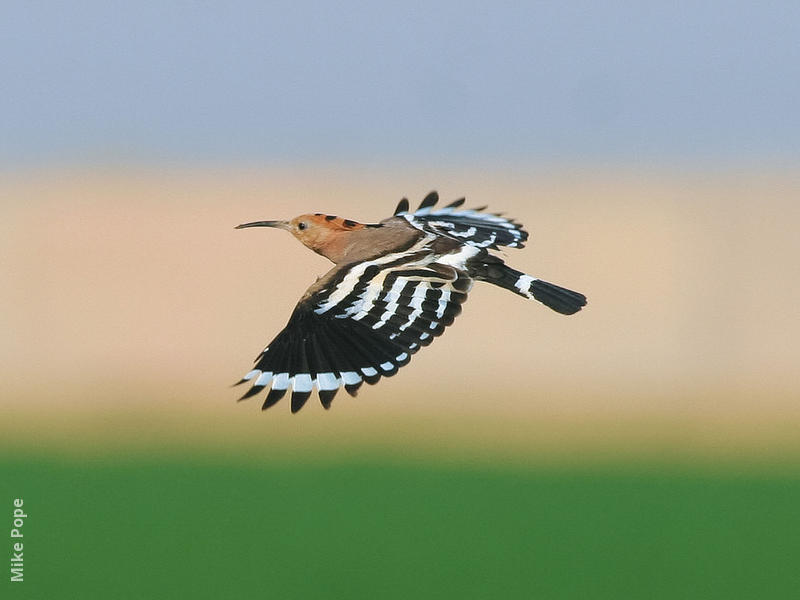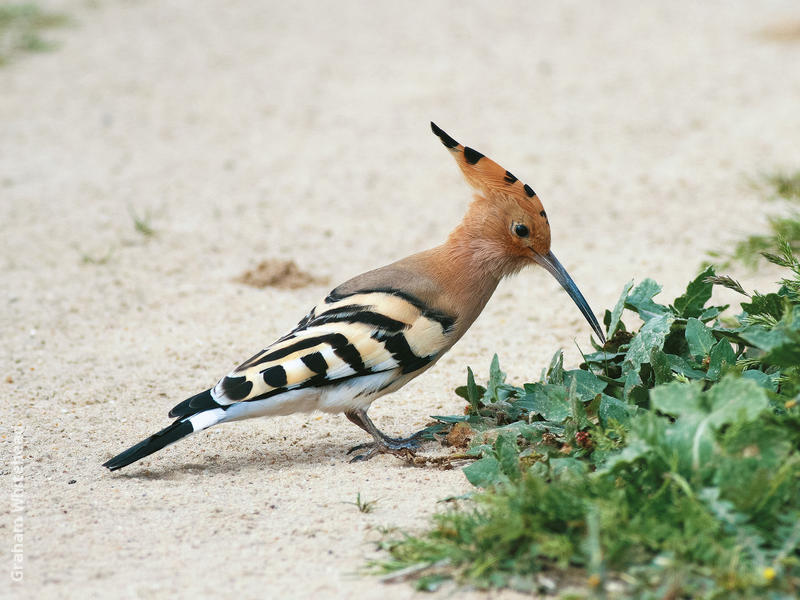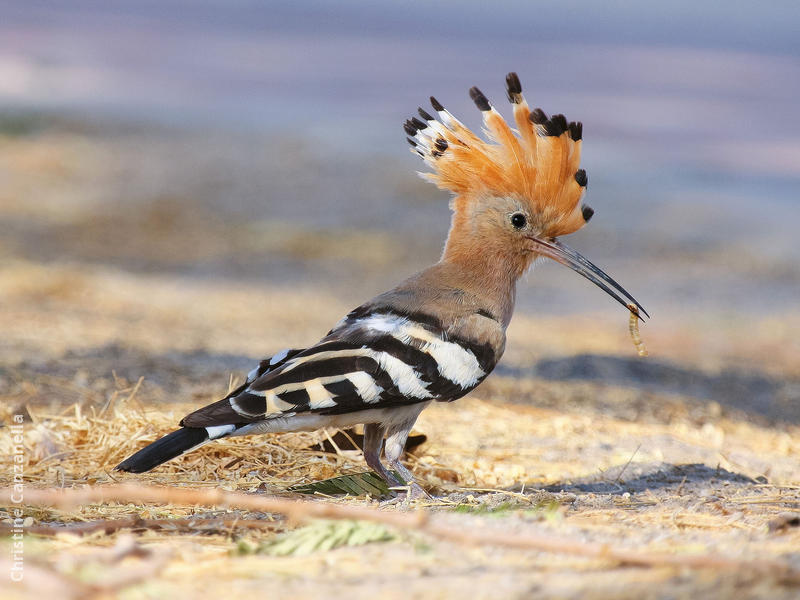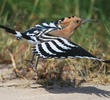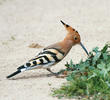- ‹ previous
- 223 of 415
- next ›
Recordings
Information
Common passage migrant. Often the first tropical migrant to arrive in spring. Widespread during both spring and autumn migration in Kuwait; often seen in small flocks. This bird’s flight is an explosive almost butterfly-like display.
Where in Kuwait
They are often one of the first and easily identifiable migrant birds to arrive and inhabit a wide range of habitats during migration and from grassy verges, farmland, and desert ares with patchy vegetation.
In the world
It has an extremely large range and is declining throughout its range as a result of habitat destruction and over-hunting. It is widespread in Europe, Asia, and North Africa, Sub-Saharan Africa and Madagascar. Most European and north Asian birds migrate to the tropics in winter. In contrast the African populations are sedentary year-round. It is named after its vocalisations, as it emits or calls a low "hoop, hoop, hoop". Nine subspecies of Hoopoe are recognised by the Kristin 2001 (in the Handbook of the Birds of the World), with these subspecies varying mostly in size and the depth of colour in the plumage. They were considered sacred in Ancient Egypt, so they were "depicted on the walls of tombs and temples and have even be depicted as symbols of virtue in ancient Persia. Hoopoes also appear in the Quran in Surah Al-Naml 27:20–22 in the following context "And he Solomon sought among the birds and said: How is it that I see not the hoopoe, or is he among the absent? I verily will punish him with hard punishment or I verily will slay him, or he verily shall bring me a plain excuse. But he [the Hoopoe] was not long in coming, and he said: I have found out (a thing) that thou apprehendest not, and I come unto thee from Sheba with sure tidings."
Local threats
Pesticides, human disturbance and indiscriminate shooting


